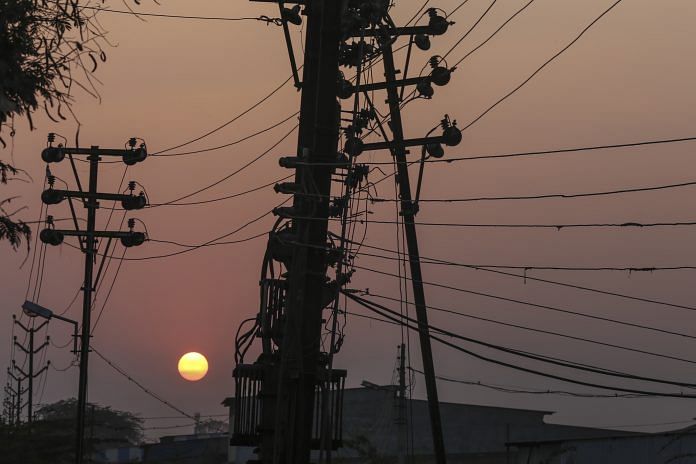Rural non-electrified households, with illiterate members, find it difficult to prepare the documentation to apply for PM’s Saubhagya scheme.
Prime Minister Narendra Modi’s ‘Saubhagya’ rural electrification scheme aims to bring light to every Indian home by March 2019. The scheme offers free or heavily subsidised connections to non-electrified households, but the success of the scheme depends heavily on helping villagers apply for these connections.
India’s household electrification challenge remains formidable. According to the government’s Saubhagya dashboard, over thirty million households remained without power at the end of March 2018. Many of these households are found in Uttar Pradesh (13 million non-electrified households) and Bihar (three million non-electrified households).
While the scheme, which will cost Rs 16,320 crore, does not add new subsidies to reduce monthly electricity bills, it gives a free connection to any household identified as “deprived” in the 2011 socio-economic and caste census. All other households can have a connection at a heavily subsidised rate of Rs 500, and this cost can be paid in ten instalments of Rs 50.
The scheme also invests in solar home systems for households in the most remote areas.
The difficulty with applications
In our ongoing fieldwork in Uttar Pradesh, we at the Initiative for Sustainable Energy Policy (ISEP) have seen that the cost of connections is but one obstacle to household electrification. To apply for a household connection, households must fill an application, offer proof of address, attach photographs, and include identification. The village pradhan also has to certify that the household belongs to the gram panchayat under consideration.
These requirements are not a major problem for a household with educated members who have regular jobs and are used to paperwork.
For a household with illiterate members, however, these demands can be difficult to meet. When we approached non-electrified households and offered to help them with documentation, many had difficulty preparing the documentation for the application. Even though we agreed to fill the paperwork based on their answers to simple questions, many were unable to offer proof of address or document their identity.
Much depends on village camps
The Indian government is currently organising electrification camps to address these issues. In an electrification camp, government officials approach a cluster of villages and help interested households fill in the paperwork. The Saubhagya dashboard states the government has organised over five hundred such camps.
Unfortunately, organising one camp in a village is often not enough. If households cannot be present at the time of the camp or lack the paperwork, they lose the opportunity to apply. In our experience, helping households apply often requires multiple interactions over time, as households make mistakes in preparing the documentation.
Suggestions to help achieve the goal
Based on this experience, we can offer a few suggestions to help the government achieve its laudable household electrification goal.
First, make applying as easy as possible for the villagers. Simplify the application procedure and offer assistance to households that face difficulties with the application. Give households the opportunity to submit incomplete paperwork and help them with submitting missing parts. At every power station, give villagers a phone number to call if they face problems.
Second, recruit local leaders to help with documentation. It is not practical for government officials to make regular visits to the same households to help with applications. If village-level officials or members of the gram panchayat can help with applications, it is much easier for villagers to go through the application process and obtain their very first electricity connection.
By following these simple guidelines, the Modi government and key state governments, notably Bihar and Uttar Pradesh, can address a critical obstacle to Saubhagya’s success.
The next step toward universal electrification will be to improve the quality of rural electricity service, so that villagers can realise tangible gains from their new connections. To take that step, electrification rates first need to increase.
Johannes Urpelainen is the Prince Sultan bin Abdulaziz professor of energy, resources and environment at the Johns Hopkins School of Advanced International Studies. He is also the founding director of the Initiative for Sustainable Energy Policy (ISEP).



